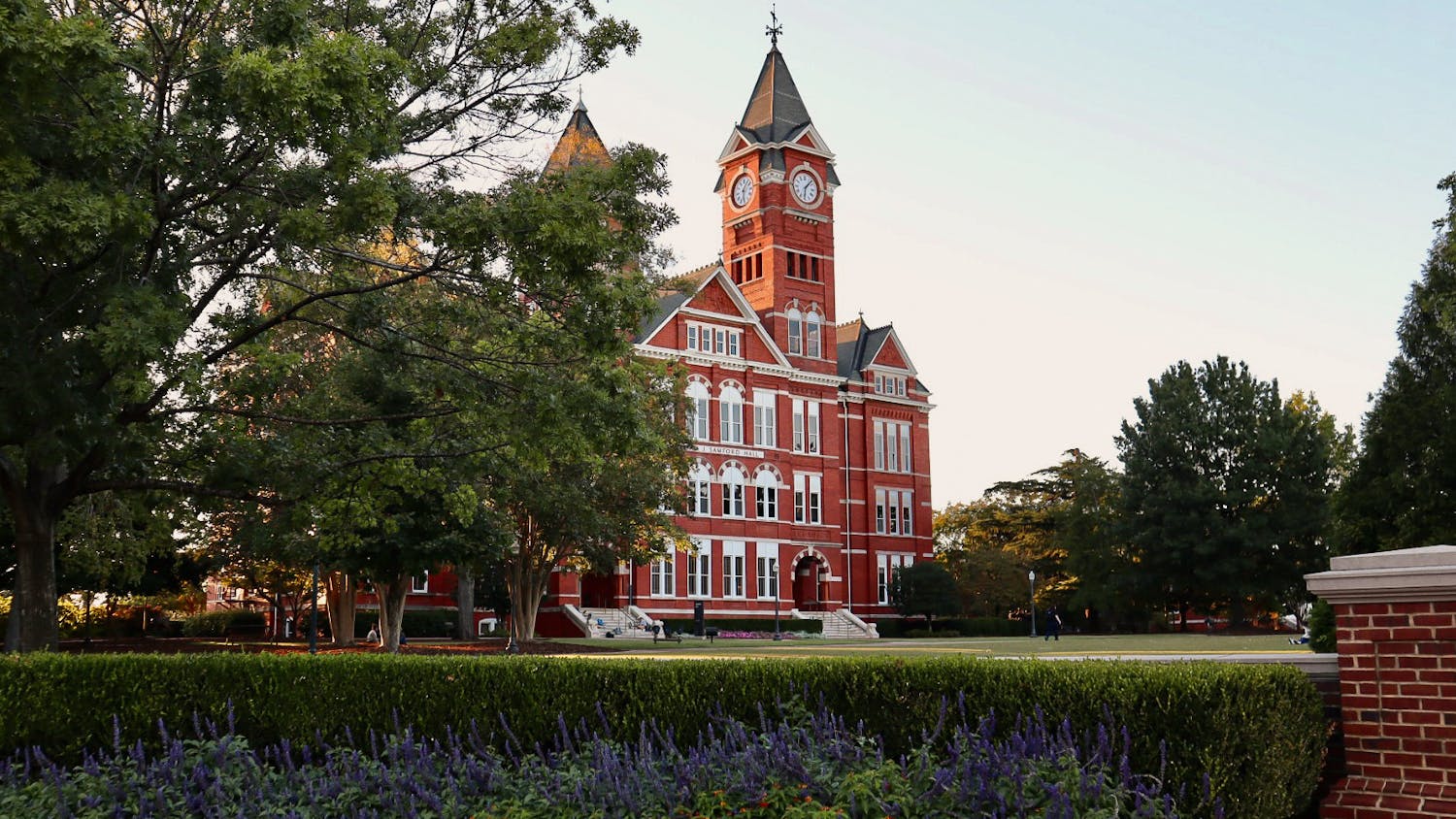Moderate to extreme drought conditions in Alabama have caused a statewide fire alert.
"It just means that we, being the Alabama Forestry Commission, have the authority to restrict the issuance of burn permits," said Dan Jackson, AFC protection division director. "That's required if you're doing any kind of open burning in the state."
Although there was rainfall prior to the alert being issued Sept. 23, it was not enough to make a difference.
"Who knows where we're going to get that next shot of rain like that?" Jackson said. "So we're just asking people, if they can, to hold off on doing any kind of that burning."
He said they would still issue permits to some people or companies, if they have the proper facilities and show they will be on hand to watch and control the burn.
According to wildfire totals from AFC's website, Alabama has had 626 wildfires in just the past month that have burned 7,008 acres of land.
"The majority of those are probably in the northern half or the northern two-thirds of the state," Jackson said. "It's just drier there."
In contrast, Lee County has reported only three wildfires and 166 acres damaged in one month.
Jackson said that the county being more developed may explain why there have been fewer wildfires.
"That's not to say there haven't been wildfires," Jackson said, "but it's very possible that the volunteer fire departments have put out a lot of those, and we've never been called."
The term "wildfire" is more correct than "forest fire."
"We have prescribed fires, and we normally do those in the wintertime," Jackson said. "That's actually considered a forest fire, but the proper term is prescribed fire."
The forestry commission purposely initiates prescribed fires to clear out underbrush or burn certain sections of woods for the wildlife.
It may seem counterintuitive, but wildfires might be less prevalent if more forests were burned with prescribed fires.
"We don't do enough burning," said John Cush, research fellow in the School of Forestry. "Historically, the state, good portions of the state, burned pretty regularly."
Fires that happened naturally every two to 10 years caused the evolution and maintenance of much of our vegetation, Cush said.
"Smokey Bear did too good of a job," Cush said. "All landscape in the tempered part of the world burned at some point in time, and that's how the plants and the animals evolved, with fire. So without fire, we actually lose species."
Fire may be a good thing for the environment, but the problem with the wildfire situation is that the fire spreads, endangering human life and property.
Lifting the fire alert is contingent on rainfall, Jackson said.
Drought maps show how dry an area is, and burn permits will stay restricted until there is sufficient rainfall for safer conditions.
Cush said that in an ideal world, controlled, purposeful burning should take place every few years, but then there's a concern about smoke as a pollutant, as well as the costliness of the project.
Do you like this story? The Plainsman doesn't accept money from tuition or student fees, and we don't charge a subscription fee. But you can donate to support The Plainsman.




